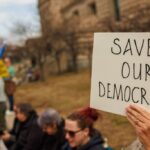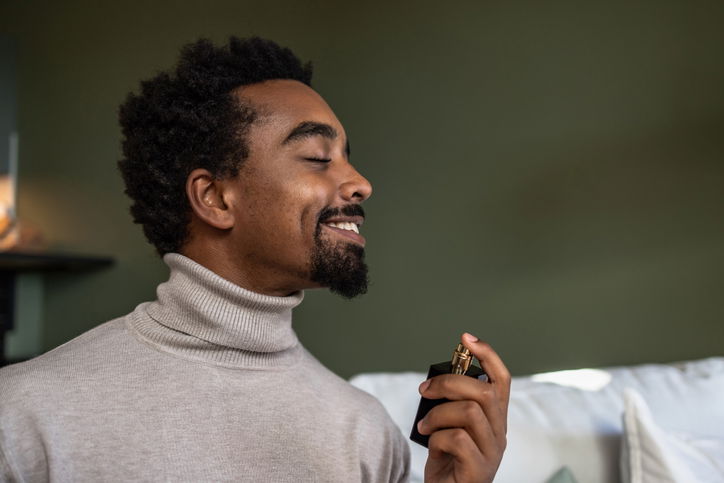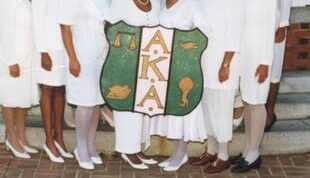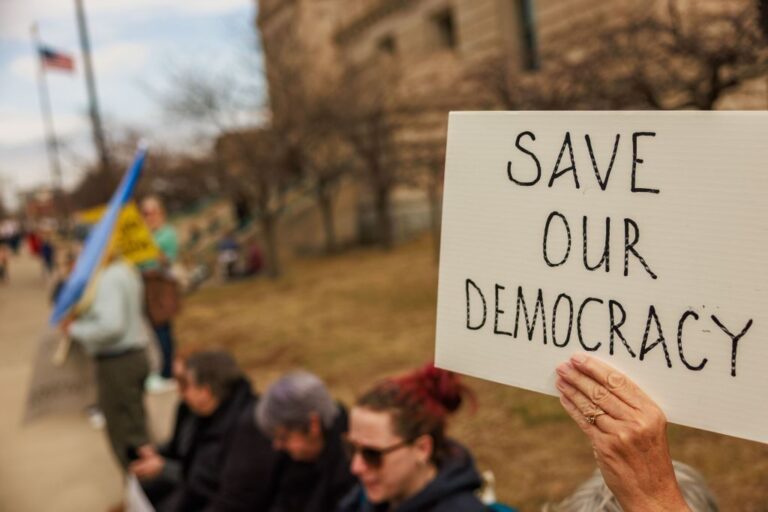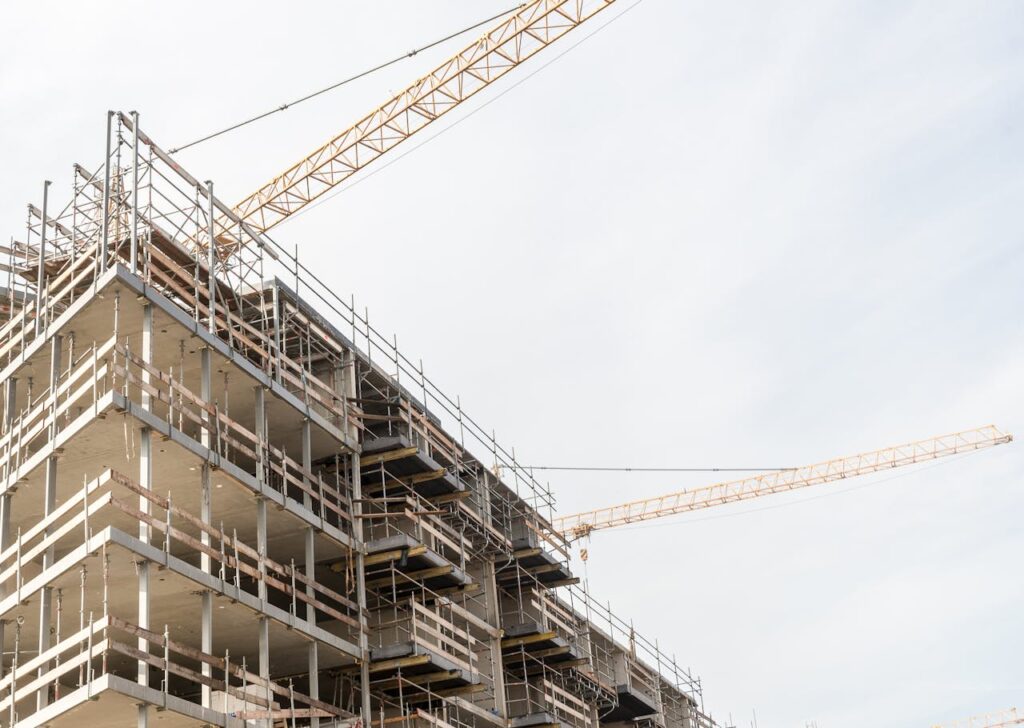

August 10, 2025
The venture expects to be accomplished in three years, restoring the Prince Corridor Masonic Temple to its unique legacy.
The restoration of a Black enterprise hub based by the primary Black architect in america is within the works.
Situated within the Civil Rights District of Birmingham, Alabama, the Prince Corridor Masonic Temple served as historic hub for Black companies in the course of the Jim Crow period. Established in 2022 by Robert Robinson Taylor, the aforementioned Black trailblazer in structure, the Renaissance-Revival model constructing supplied Black organizations and professionals the chance to service Black patrons inside Birmingham.
Its explicit listing and companies led to its nickname of the “Black Skyscraper,” in response to the Nationwide Parks Service. Though initially a temple for Freemasonry, its eight tales granted an workplace area for the Nationwide Affiliation for the Development of Coloured Individuals (NAACP) in addition to the Booker T. Washington Library, the primary of its form in Birmingham to permit Black folks.
“The imaginative and prescient was to not solely have this be a constructing for the Masons, however for the bigger group,” defined Llevelyn Rhone, director of Direct Make investments Improvement, to WHBM. “A spot the place you would get these companies that you simply had been unwelcome to in different components of the town on the time.”
Amongst its rooms crammed dental and physician’s workplaces, and even areas for leisure akin to a bowling alley and pool corridor. Black seamstresses and cobblers may set up work there, whereas Black folks may even sit wherever inside its 2,000 seat auditorium, a uncommon incidence throughout that point.
“In the event that they sat within the balcony of the auditorium, it was by selection, not as a result of they needed to,” shared Corey Hawkins, the grand grasp of the Most Worshipful Prince Corridor Grand Lodge of the Free and Accepted Masons of Alabama. “African Individuals may enter the entrance door of the constructing and never the again door.”
Nevertheless, financial shifts plagued the nation and the temple, resulting in the enterprise hub shutting down in 2011. Though gone for over a decade, its legacy and upliftment of Black entrepreneurs stay felt, ensuing within the present revival efforts.
The venture will take an estimated three years to finish, with anticipated prices upwards of $30 million. They hope to comply with the identical communal spirit that fostered its preliminary building in 1922, as the encircling Black group raised the then-costs of $658,000 to fund the enterprise.
“It’s time for us to pay again and to serve the temple and provides it a restoration that can deliver it again to its heyday,” added Hawkins.
Its restoration won’t solely honor the architect, but in addition the constructing’s 100-year legacy inside Birmingham and Black historical past. Historic District builders intend to keep up as a lot of its unique construction as attainable.
RELATED CONTENT: Right here’s How Oklahoma’s Black Entrepreneurs Are Rebuilding ‘Black Wall Avenue’




